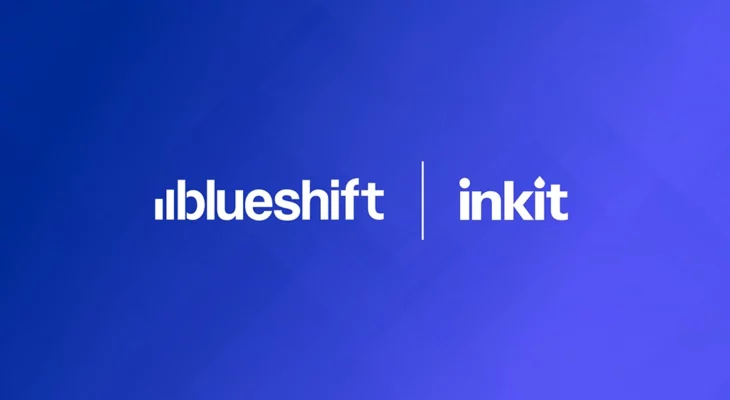In view of recent events, businesses ponder how to get the most out of their existing marketing channels and strategies. 69% of brands expect to cut their advertising budgets and review expenses. 49% of marketers have stopped a campaign mid-flight, 45% shifted budgets among different media types, and 38% decided to pause their new advertising efforts.
Although such drastic measures may be reasonable, they don’t necessarily have to undermine the overall effectiveness of the multi-channel marketing strategy. You can make your marketing approaches work despite cutting costs.
Treat the economic decline as a good chance to learn more about your business and optimize it. The right changes will help you go through the crisis with minimum losses. Moreover, a polished multi-channel marketing strategy will continue to boost your sales in the long run.
We believe that data-driven prognosis, flexibility, analysis, and automation are the pillars of cost-effective marketing. To learn how to use them in practice, discover 7 ways to reduce expenses without ruining your multi-channel marketing strategy. You will also find out more about multi-channel mail automation with Inkit + Blueshift for direct mail.



